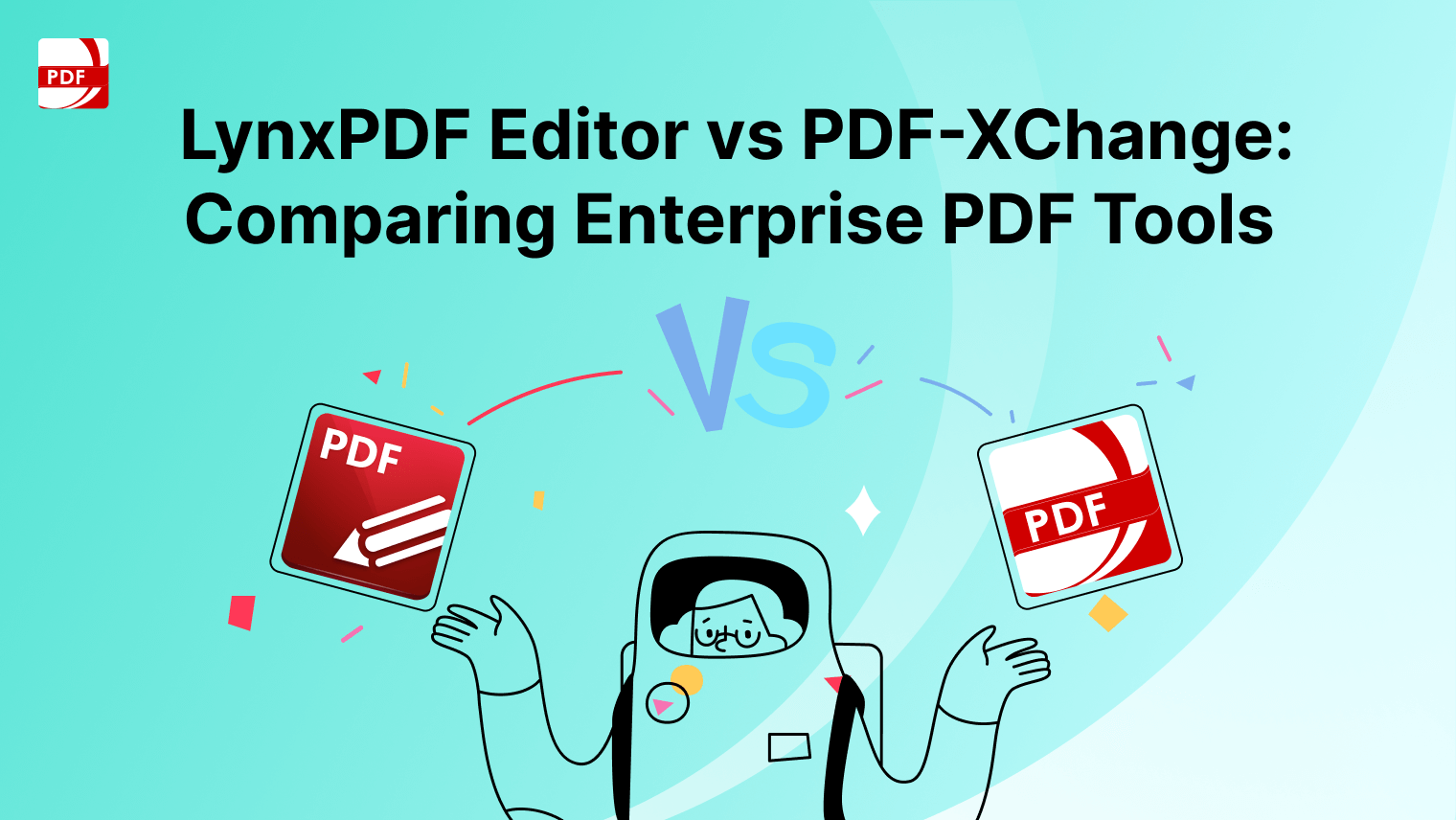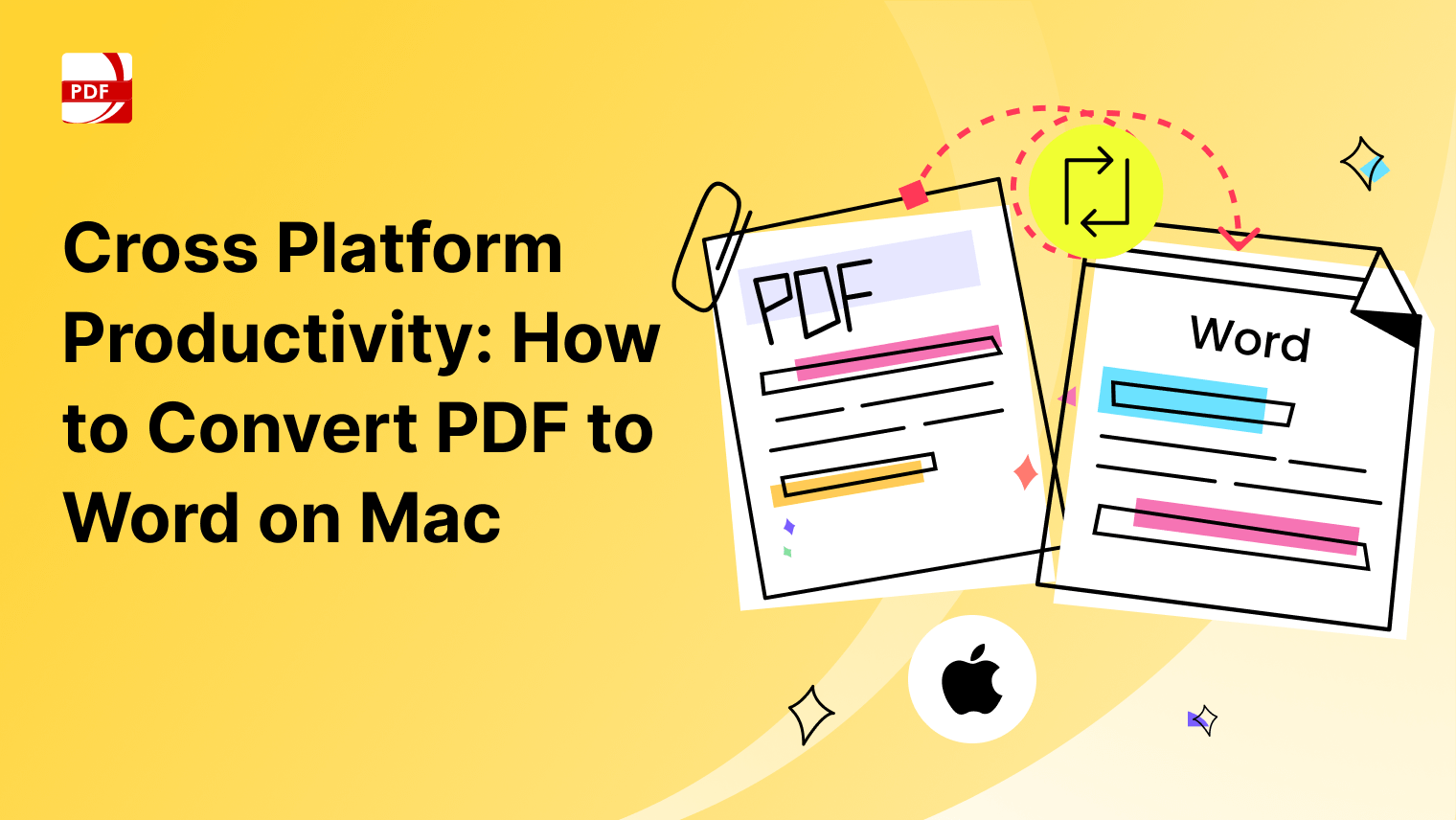Project reports play a crucial role in project management, providing stakeholders with insights into the project's progress, challenges, and future plans. Whether you're a project manager, team member, or stakeholder, understanding how to create an effective report is essential for successful project communication and management.
The Importance of Project Reports
1. Future Projects:
Reports often serve as a foundation for future projects. Analyzing past reports helps in identifying successful strategies and areas that need improvement.
2. Project Status Reports:
Regular project status reports keep stakeholders informed about the project's current state, helping them make informed decisions.
3. Types of Project Reports:
Familiarize yourself with different types of reports, such as status, completion, and health reports, to tailor your document to the specific needs of your audience.
4. Project Milestones:
Highlight project milestones in your report to showcase achievements and demonstrate progress toward project goals.

Components of a Comprehensive Report
5. Project Management Tool:
Utilize a project management tool to gather essential data for your report, ensuring accuracy and efficiency in tracking project elements.
6. Potential Risks:
Identify and address potential risks in your project plan. Discussing risks allows stakeholders to be proactive in mitigating challenges.
7. Project Stakeholders:
Clearly define project stakeholders and their roles in the report. Acknowledging stakeholder contributions fosters transparency and accountability.
8. Project Manager's Role:
Discuss the project manager's role and responsibilities, emphasizing their leadership in guiding the project to success.
9. Project Timeline:
Include a project timeline to illustrate the chronological sequence of events. Visual representations help stakeholders grasp the project's progress more effectively.
10. Project Sponsor:
Acknowledge the project sponsor's support and involvement in the project. Demonstrating their role adds credibility to your report.
Discover our valuable resource on creating Sales Report PDF Templates to enhance your reporting skills.
Fill and Download Our Report Template
Keep your project schedule on track by using our template to create your entire report.
Download PDF Reader Pro for Windows
Easily create reports using our template above and download our software on your operating system to keep track of your project scope.
Explore our comprehensive guide on creating a Property Inspection Report PDF Template to streamline your inspections.
How to Write an Effective Report
11. Project Health Report:
Assess and report on the project's overall health, addressing any challenges and proposing solutions.
12. Project Summary Report:
Begin with a concise project summary report, providing an overview of key achievements, challenges, and upcoming milestones.
13. Project Completion Report:
When the project concludes, compile a comprehensive completion report detailing outcomes, lessons learned, and recommendations for future projects.
14. Comprehensive Report:
Ensure your project report is comprehensive, covering all relevant aspects, to provide stakeholders with a thorough understanding of the project's dynamics.
Enhancing Project Reporting Practices
15. Project Report Templates:
Explore project templates to streamline your reporting process. Templates offer a consistent format and save time in document creation.
16. Project Team Collaboration:
Encourage collaboration within the project team to gather diverse insights and ensure a well-rounded project report.
17. Project On Track:
Regularly assess if the project is on track, addressing any deviations promptly. Reporting on project alignment with goals helps in real-time adjustments.
18. Effective Project Reports:
Aim for clarity and simplicity in your reports. Effective communication ensures that stakeholders grasp the project's intricacies without unnecessary complexity.
19. Project Expenses:
Provide detailed insights into project expenses, offering transparency and accountability. This information assists stakeholders in financial planning for future projects.
20. Project Goals:
Revisit and reaffirm project goals in your report. Clearly outlining goals and achievements reinforces the project's purpose and success.
Discover how to effectively use our Project Status Report PDF template to keep your projects on track.
FAQs: Writing Project Reports
Still have questions about management reports? Find all the answers you need below.
Q1: Why are project reports essential for project management?
Project reports serve as a communication tool, providing stakeholders with insights into a project's progress, challenges, and future plans. They facilitate informed decision-making, enhance transparency, and offer a foundation for future projects by analyzing past strategies.
Q2: What types of project reports should be included in a comprehensive reporting strategy?
There are various types of project reports, including status reports, completion reports, and health reports. The choice depends on the project's objectives and the information stakeholders need. A comprehensive strategy often involves a combination of these report types.
Q3: How can project managers effectively use project management tools for reporting?
Utilizing project management tools streamlines the process, ensuring accuracy and efficiency in tracking project elements. These tools often provide features for creating visual representations, setting milestones, and generating real-time data for inclusion in project reports.
Q4: What role do stakeholders play in project reporting?
Stakeholders are crucial in the project reporting process. Clearly defining their roles, acknowledging their contributions, and keeping them informed fosters transparency and accountability. Involving stakeholders in the reporting process can lead to more effective decision-making.
Q5: How should potential risks be addressed in project reports?
Project reports should identify and address potential risks. Discussing risks allows stakeholders to be proactive in mitigating challenges. A well-documented risk management strategy in the report demonstrates the project team's awareness and preparedness.
Q6: Are there any recommended templates for creating project reports?
Yes, project report templates are widely available and can be customized to suit specific project needs. They provide a consistent format, making it easier to convey information effectively. Exploring different templates can streamline the reporting process.
Q7: What should be included in the project manager's role section of a project report?
The project manager's role should be clearly defined, emphasizing their leadership in guiding the project to success. This section may include their responsibilities, decision-making authority, and strategies employed to overcome challenges.
Q8: How can project teams collaborate effectively for project reporting?
Encourage collaboration within the project team to gather diverse insights. Regular team meetings, brainstorming sessions, and collaborative document editing can lead to a well-rounded project report that incorporates various perspectives.
Q9: What is the significance of revisiting project goals in a project report?
Revisiting and reaffirming project goals in a report reinforces the project's purpose and success. It serves as a reminder of the initial objectives and provides stakeholders with a clear understanding of the project's alignment with its intended outcomes.
Q10: How can project expenses be effectively communicated in a project report?
Providing detailed insights into project expenses ensures transparency and accountability. This information assists stakeholders in financial planning for future projects and fosters trust by demonstrating responsible resource management.
Writing a project report is a skill that evolves with experience. By incorporating these best practices and understanding the key components of a project report, you'll be better equipped to create informative and impactful reports that contribute to successful project management. Remember, a well-crafted report is not just a documentation tool; it is a valuable communication resource that strengthens project outcomes and sets the stage for future endeavors.



